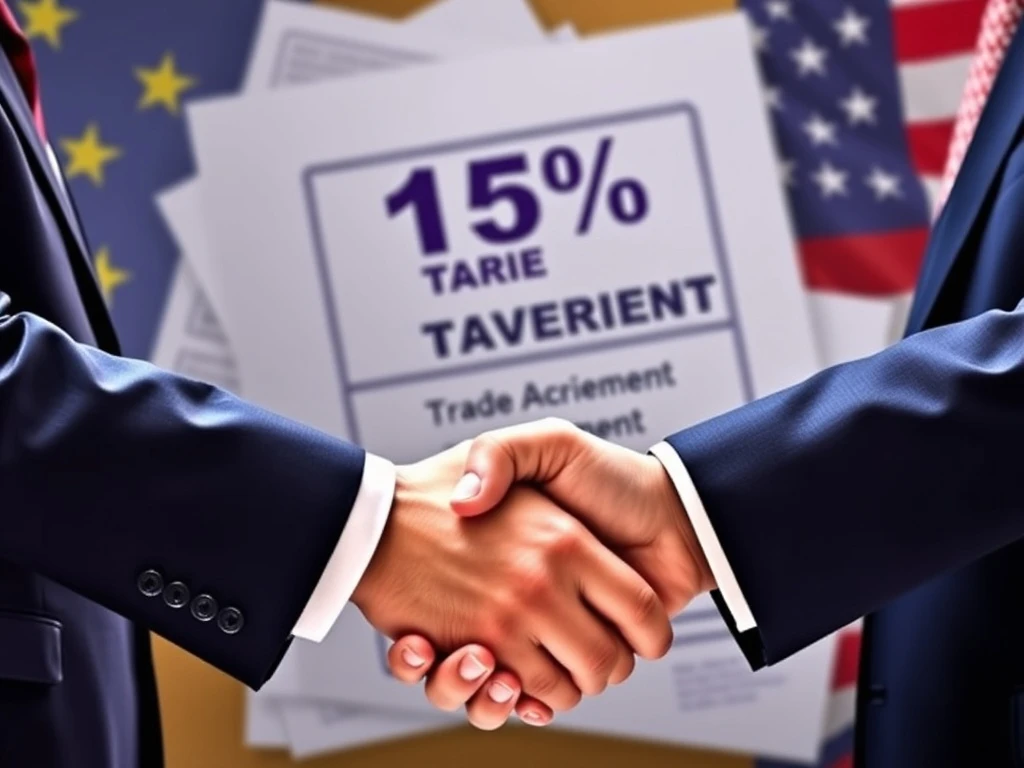Shocking EU-US Trade Deal: 15% Tariff Sparks Economic Turmoil in Turnberry Agreement

The EU and US have struck a controversial deal—the Turnberry Agreement—imposing a 15% tariff on key exports. This seismic shift in transatlantic trade could reshape industries, spark legal battles, and test economic sovereignty. Here’s what you need to know.
What Is the Turnberry Agreement?
The Turnberry Agreement is a landmark EU-US trade deal introducing a 15% tariff on key European exports, including:
- Automotive
- Luxury goods
- Pharmaceuticals
- Cosmetics
In return, the EU must purchase $750 billion in US energy, raising concerns about climate goals and economic independence.
How the 15% Tariff Impacts Key Industries
The tariff has sent shockwaves through European industries:
| Industry | Response |
|---|---|
| Automotive | German automakers shifting production to the US |
| Luxury | LVMH and Kering reassessing supply chains |
| Pharmaceuticals | EU removes all customs exemptions on medicines |
Why the Turnberry Agreement Is Controversial
Critics argue the deal favors US interests, with France’s Macron calling it “not the end of it.” Legal challenges in the US claim the 15% tariff threatens import-dependent businesses.
What’s Next for EU-US Trade Relations?
The agreement signals a shift toward US-centric trade policies, but its long-term viability remains uncertain. Will it stabilize transatlantic trade or deepen divisions?
FAQs
Q: What sectors are most affected by the 15% tariff?
A: Automotive, luxury, pharmaceuticals, and cosmetics face the highest impact.
Q: How does the EU benefit from the Turnberry Agreement?
A: The EU gains reduced tariffs on US goods, but critics argue the benefits are asymmetrical.
Q: Are there exemptions to the 15% tariff?
A: Wine and spirits remain in a regulatory grey zone, with no clear exemptions.
Q: What are the climate concerns tied to the deal?
A: The EU’s $750 billion energy purchase includes shale gas and oil, conflicting with green goals.








